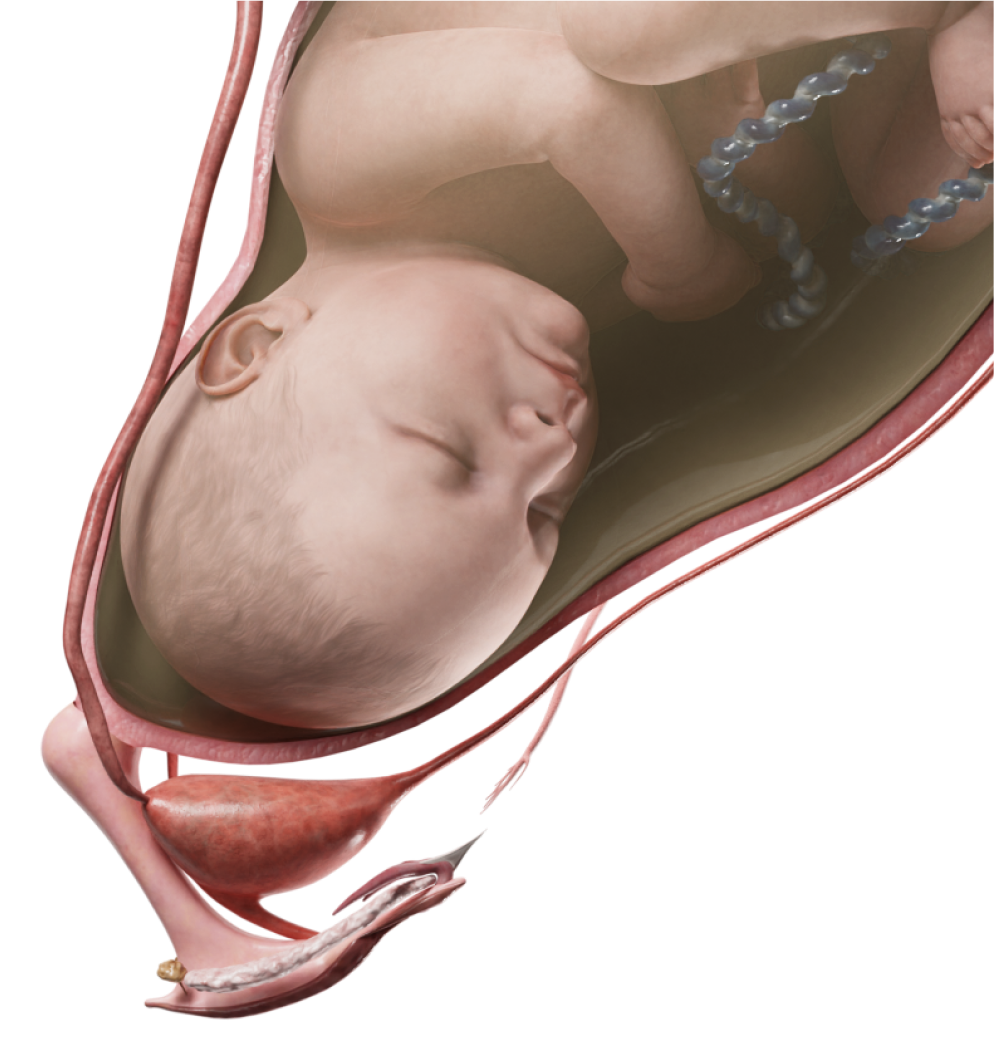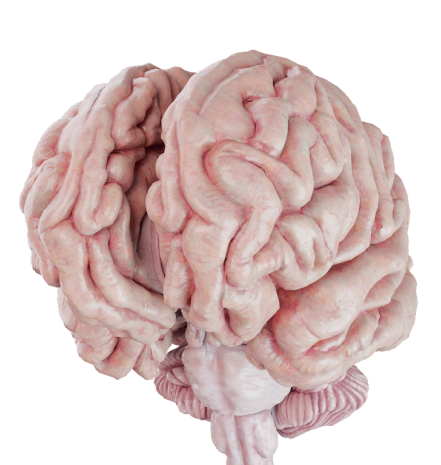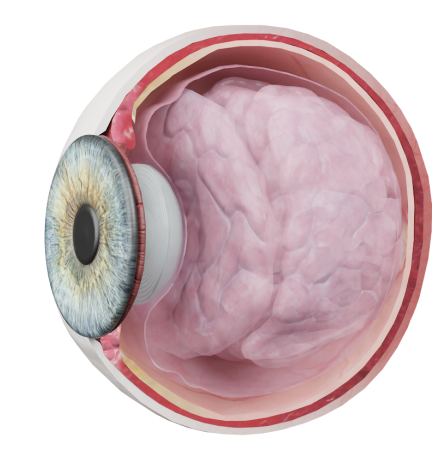Nosebleeds
Nosebleeds, or epistaxis in medical terms, may occur when a vessel inside the nasal cavity is damaged or its permeability is decreased. This is the most common type of bleeding.
Classification
By location:
- anterior;
- posterior.
By etiology:
- traumatic;
- local;
- systemic.
By volume of blood loss:
- mild;
- moderate;
- severe.
Etiology
Nosebleeds may result from traumas, local conditions, or systemic diseases. Among all the causes, only 20 % of the cases involve a nasal cavity abnormality, while the remaining 80 % are attributed to systemic disorders.
Traumatic nosebleeds prevail in medical practice. This category also includes bleedings in the nasal cavity and nasopharynx during and after septoplasty, turbinate resection, adenotomy, or sinusotomy.
Local conditions resulting in epistaxis encompass any atrophic processes, such as thinning or degeneration of tissues, in the nasal cavity. These disorders are frequent in the elderly and under low humidity conditions.
Persisting atrophy may generate mucosa ulcers and nasal septum perforation which exacerbate the bleeding. The mucosa and vessel walls of the nose may be damaged by foreign bodies, during self-cleaning of dry crusts, or following an infection (such as rhinitis, sinusitis, or viral infections). These causes typically produce mild to moderate nosebleeds. Benign (juvenile nasopharyngeal angiofibroma, capillary or cavernous hemangiomas of the nasal cavity, papillomas) and malignant (carcinomas and sarcomas of the nose) neoplasms in the nasal cavity also fall under this category. In recent decades, local manifestations of specific diseases in the nasal cavity have been extremely rare. These include tuberculoma, ozena, and skin and/or mucous membrane lesions typical for different stages of syphilis (such as primary stage syphilis sore called chancre, secondary stage syphilitic papules and ulcers, and syphilitic gumma).
Systemic diseases manifested by nosebleeds can be classified according to the primary condition:
1) cardiovascular disorders (atherosclerosis, hypertensive disease, hereditary hemorrhagic telangiectasia — Rendu — Osler — Weber disease);
2) hepatic disorders (cirrhosis, hepatitis);
3) hematologic and hemostasis disorders (hemophilia, coagulopathy, thrombocytopenia, leukemia, hemoblastosis); and
4) side effects of some medications (nonsteroidal anti-inflammatory drugs (NSAIDs), anticoagulants).
Special attention is given to bleedings that occur secondary to endocrine changes such as those that can be observed during pregnancy or menopause, and menstrual cycle changes in women, a phenomenon known as vicarious menstruation.
Anatomic Pathology
Nosebleeds arise as a consequence of various pathological processes in the nasal cavity that involve vessel walls. It is the blood supply that makes this particular area stand out: it contains numerous anastomoses between the branches of the internal and external carotid arteries. So, it is essential to determine the anatomical source of bleeding, as it suggests an estimate of potential blood loss. Anterior bleeding usually arises from the Kiesselbach plexus (also known as Little's area), a rich vascular network, located on the septum in the nasal vestibule. The Kiesselbach plexus is an anastomosis formed by the anterior and posterior ethmoidal arteries, the sphenopalatine artery, the greater palatine artery, and the superior labial artery. The former two are branches of the internal carotid artery, while the latter three are branches of the external carotid artery. Damage to the anterior or posterior ethmoidal arteries can lead to posterior nosebleeds.
The vessel wall may be damaged and/or ruptured due to trauma, during surgery, or as a result of a local pathological process in the nasal cavity, causing it to bleed. A nasal cavity tumor or various infectious ulcers may bleed during their lysis. Cardiovascular disorders may cause pathological changes in the vessel wall, eventually making it thinner. The endothelial layer dystrophy develops, increasing the risk of blood clots, which further contributes to vessel wall necrosis and sclerosis. Against this background, blood may migrate through the vessel wall, a phenomenon known as diapedesis. If the area is severely damaged, leading to profuse bleeding, it may eventually rupture. The condition is further exacerbated by increased blood pressure. Hepatic and hematologic disorders compromise primary hemostasis, which involves vessel constriction and platelet clotting.
In this case, clotting factor deficiency is observed. This disrupts thrombus formation and aggregation, and therefore, the vessel wall endothelium does not develop properly, as thrombocytes also support and maintain it. Eventually, localized intravascular coagulopathy arises. All these changes lead to diapedesis or vessel rupture, making hemostasis insufficient and causing prolonged bleeding due to coagulation failure.
Epistaxis in pregnant women, secondary to endocrine changes, is caused by a surge in the progesterone level. This hormone is responsible for vasodilation both in the placenta and the nasal cavity, as well as increased vascular permeability. Consequently, the nasal mucosa becomes more boggy and prone to injuries. Vicarious menstruation has not yet been explained. However, it is thought that endometrium cells may migrate to areas not typical for them, such as the nasal, thoracic, or abdominal cavities. During a period, these cells are shed and the tissue starts to bleed.
Clinical Manifestations
Epistaxis manifests as bleeding from the nasal cavity through the nasal vestibule or the nasopharynx. The volume of blood loss may vary and can be described as mild (a few milliliters), moderate (up to 200–250 ml), or severe (more than 250–300 ml). Just before the bleeding starts, some patients may notice a prodrome, an early sign or symptom of the upcoming event, such as tinnitus, floaters, or itchy nose.
Mild bleeding usually resolves by itself and does not require medical attention. It often originates from the Kiesselbach plexus as a result of a local, primarily atrophic, pathological process within the nasal cavity. The condition does not persist or affect a person's general well-being. This type of bleeding may be identified by light red blood that drips or trickles through the nasal vestibule.
In moderate and severe cases, blood of a dark red color jets through the nasal vestibule or runs down the throat. This blood may be swallowed, leading to hematemesis (vomiting blood) or melena (black tarry stools). General symptoms of hypovolemic shock develop when an individual has lost a significant amount of blood (more than 1 liter) within a short time-frame. Patients may experience cold, clammy sweats, tachypnea (rapid breathing), hypotension, tachycardia, headaches, floaters, nausea and vomiting, or even loss of consciousness.
Epistaxis secondary to general disorders is characterized by mild to moderate recurrent bleeding and relapses. The major challenge here is to properly assess the overall blood loss volume. Failure to do so may lead to chronic post-hemorrhagic anemia. Injuries to the nose involving a fractured ethmoidal labyrinth affect the anterior and posterior ethmoidal arteries. This, in turn, leads to severe, profuse nosebleeds and hypovolemic shock.
Bear in mind that nosebleeds may be indicative of bleeding in the respiratory or digestive system, as well as the tympanic cavity. These cases can be misguiding and need more time to diagnose and assign proper treatment.
Diagnosis
Pharyngorrhinoscopy is a common method to identify the source of bleeding. This procedure should be performed after the removal of any blood clots that may obstruct the process. In some instances, an endoscopic examination of the nasal cavity may be necessary. A health-care professional should assess the duration and triggers of the bleeding, as well as take a detailed personal and family history, paying particular attention to hereditary diseases and concurrent medications, such as anticoagulants and NSAIDs.
Additionally, both blood pressure and pulse rate should be measured. Lab test results, including a complete blood count, biochemistry, coagulation panel, and hemostasis testing, should be evaluated. If severe nosebleeds persist with no apparent source identified, an angiography of the internal and external carotid arteries may be indicated. The branches responsible for epistaxis may be embolized if needed.
Treatment
First and foremost, the key to epistaxis management is adopting the correct position. A patient should sit upright with their head tilted downward and forward. A cold compress should be applied to the nasal bridge and the back of the head, the alae of the nose should be pressed against the septum. A cotton tampon soaked with a 3 % hydrogen peroxide solution or local decongestants may be inserted into the nasal meatus. These measures are generally considered sufficient to stop the bleeding. Otherwise, medical advice should be sought.
Nasal packing can then be performed using a hemostatic sponge, balloon catheter, acetate sponge with an airway tube or gauze strips. Gauze packing is one of the most readily available and commonly used types of packing.
However, it is also considered to be the most painful. To minimize patient discomfort, the nasal mucosa is treated with an anesthetic solution. Subsequently, a 70–100 cm gauze strip, moistened with an antibacterial ointment or petroleum jelly, is advanced through the nasal vestibule up to the choanae. Each layer is placed above the previous one in an accordion-like fashion, ensuring the entire nasal cavity is packed. The material is further soaked with an aminocaproic acid or fibrin solution. The optimal outcome is typically achieved within 3–5 days, by which time a dense thrombus should have formed in the nasal cavity. During this period, an oral antibiotic is prescribed, and the packing should be regularly moistened with an antiseptic solution to prevent bacterial infections. Once the healing process is complete, the gauze is removed.
Occasionally, anterior nasal packing may not be sufficient to halt the bleeding. In such cases, a health-care professional can opt for posterior nasal packing. This is when an expandable nasal sponge or an inflatable balloon is inserted into the nasopharynx. The latter is filled with a sterile solution. Once the balloon has been inserted, anterior nasal packing of choice is performed. This procedure can be very painful and typically requires some form of sedation. That is why it is generally performed in an intensive care unit or high dependency unit. If this approach proves inefficient, angiographic embolization or ligation can be performed.
In addition to local methods for stopping bleeding, hemostatic therapy can also be indicated. This can include the use of ethamsylate, aminocaproic acid, or tranexamic acid, as well as blood components such as plasma and platelet concentrate. These treatments help replenish the circulating blood volume. Any drugs that could potentially promote bleeding must be discontinued.
Relapses may necessitate electrocautery on the nasal cavity vessels or mucosa detachment, a surgical procedure when a couple of incisions are made to separate and then press the mucosa to the septum to promote scarring and sclerosing of the causative vessel.
If the bleeding is caused by an underlying disease, a cross-disciplinary approach should be taken to manage the condition. This could involve general practitioners, cardiologists, hepatologists, hematologists, oncohematologists, etc.










